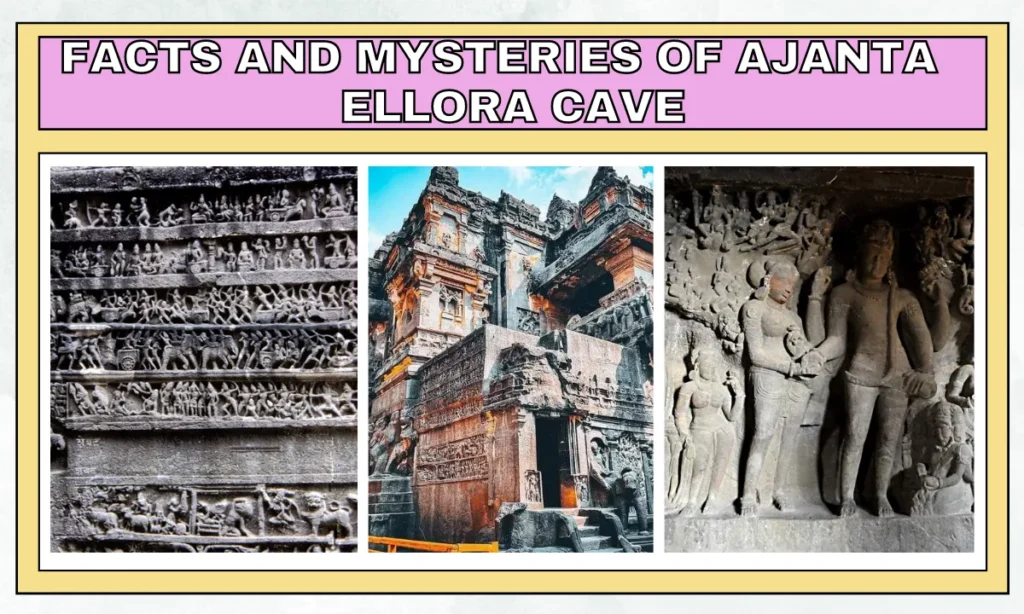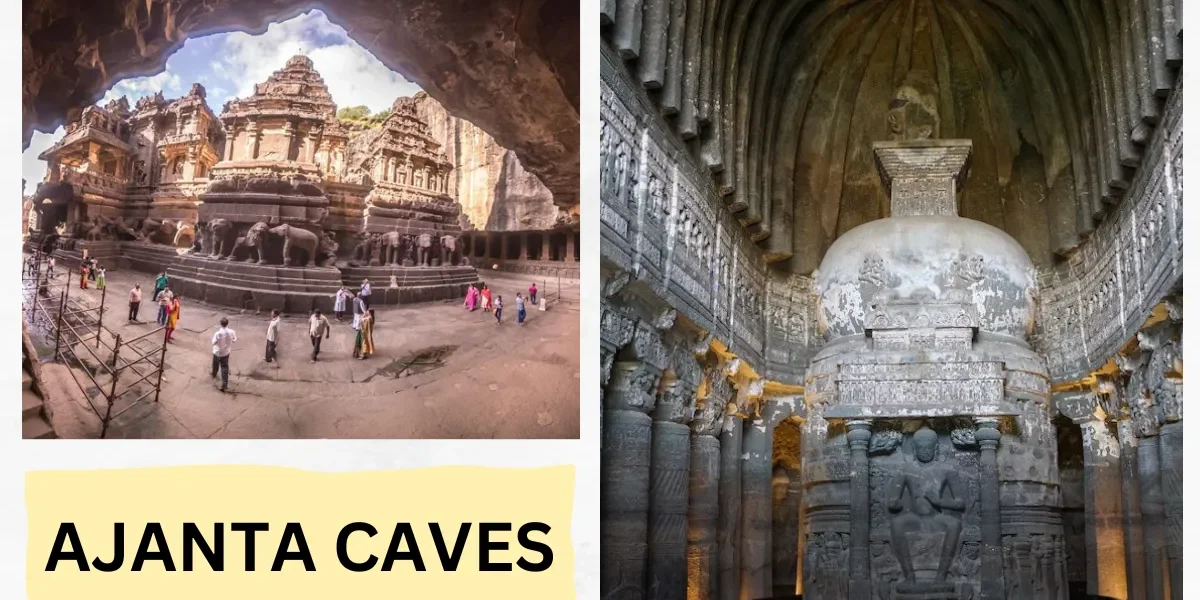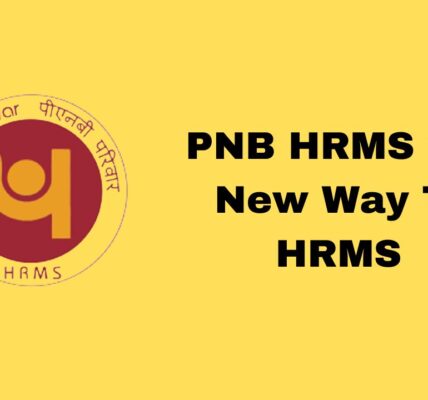Ajanta Caves have always been recognized as the gems that represent Indian history and the impressive artistry present in the preceding era. These tourist attractions include 64 rock-cut caves, which are located near Aurangabad city. Today, the Ajanta and Ellora Caves are UNESCO World Heritage Sites declared in 1983 and feature on many a traveler’s wish list. Since we didn’t want your research to be tedious, we decided to write down everything you need to know before planning your trip to Ajanta Caves. This is your complete travel guide including history, the best time to visit, timings and charges, how to reach, map, main attractions of the caves, things to do, and places to stay.
History Of Ajanta Caves
The Ajanta Caves date from the 2nd century BCE to 480 or 650 CE. Renowned historian Walter M. Spink has stated that the caves were built in two phases (Satavahana period and Vakata period). Some of the caves are incomplete and a few of them are built for a short period of time. Consequently, These caves are ancient and their history goes back to the 5th and 10th centuries BC. These caves are divided into three parts – Hindu caves, Jain caves, and Buddhist caves. The site was later abandoned and covered in dense jungle until 1819 when a British officer rediscovered it. However, the Caves have always been in focus.

Best Time To Visit Caves
June to March is the best time to visit these caves because of the pleasant weather. From June to September (monsoon), the region receives an average amount of rainfall, which makes the exploration experience a pleasurable one. While there is a slight drop in temperature during the months of November to February.
Ajanta Caves Timings
- Timings: 9 am to 9:30 pm (Mondays closed)
- Entry fee: INR 40 per head (Indians)
- INR 600 per head (foreign tourists)
- INR 25 per camera
- INR 0 for children below 15 years old
Ellora Cave Timings
- Timings: From sunrise to sunset
- Entry fee: INR 40 per head (Indians)
- INR 600 per head (foreign tourists)
- INR 25 per camera
Difference Between Ajanta And Ellora Caves
Although Ajanta and Ellora caves are often called the same, they have some differences:
1. Distance: Both caves are 100 km away from each other. Ajanta Cave is 104 km from Aurangabad, while Ellora Caves are 29 km from Aurangabad
2. Shape: These caves are carved in a horseshoe-shaped rock. Ellora caves are scattered randomly
3. Construction Period: It was built in the period between 200 BC and 680 AD. On the other hand, the Ellora caves are much younger and were built between the 5th and 10th centuries
4. Purpose of construction: There are viharas and Buddhist monasteries in the caves of Ajanta. Ellora Caves have religious centers of Hindu, Buddhist, and Jain
5. Sponsored: The value for the construction of the Ajanta Cave was offered by various rulers, focused on the Vakataka dynasty and the Satavahana dynasty. Ellora caves were mainly built under the rule of Chalukya, Kalachuri, and Rashtrakuta rulers.
Key Attractions Of Ajanta Ellora Caves
The Ajanta and Ellora caves are an architectural heritage that is inspiring and gives a historical feel that cannot be dismissed. These caves are worth a visit and are one of the most famous historical places in India. Here Ajanta and Ellora caves are the major attractions or places to visit.
Ajanta Caves
The Ajanta Cave contains 30 rock-cut caves that represent some of the finest sculptures and paintings ever stated in Indian history. On the other hand, it is also exploring this archaeological gem, doesn’t forget to visit Cave 1, Cave 2, and Cave 17.
The vantage point across the river offers a beautiful view of the horse-shaped historic area as well as the surrounding area.
Cave 1: This is one of the most popular caves of Ajanta, as all the paintings are authentic. The grand entrance is decorated with bodhisattva frescoes and the side walls depict two important phases of the Buddha’s life (the moment before his enlightenment and when he transformed himself into many images).
Cave 2: This cave is popular due to its ceiling, which has intricate abstract patterns of devils, fruits, birds, and flowers.
Cave 4: This is one of the largest caves in Ajanta and despite being an incomplete structure, still casts a spell.
Ellora Caves
It is clear that in the past, there was harmony between Hindus, Buddhists, and Jains, given the proximity of the religious buildings. There are 34 caves in Ellora Caves, each with its own specialty. If time is tight, you must visit at least Cave 1, Cave 2, and Cave 16.
Cave 1: The cave is a simple vihara and has 8 monastic cells
Cave 2: Cave 2 has 12 ornate square pillars. Lord Buddha sitting on a lion is another attraction. The doorway has an impressive carving of Maitreya Buddha, as well as Padmapani holding a lotus.
Cave 16: The main attraction of Ellora Caves popularly known as Kailash Temple is also a significant pilgrimage site for the followers of Lord Shiva. The architectural design of this cave represents Mount Kailash, the abode of Lord Shiva.
Things To Do At Ajanta And Ellora Caves
Here are some interesting things to do in Ajanta and Ellora Caves for the best experiences:
1. Attend the Ajanta Ellora Festival – October
2. Shopping – Buy cave paintings
3. Travel – Spend quality time with family
Interesting facts about Ajanta and Ellora caves
- The Ellora caves were built on a volcanic basaltic formation, also known as the Deccan Traps.
- Cave 15 (Dasavatara) at Ellora depicts the ten incarnations of Lord Vishnu
- The design of Cave 29 (Dhoomar Lena) is similar to that of the Elephanta Caves.
- The painting style found in the Ajanta cave is believed to have inspired the painting style in Tibet and Sri Lanka.
- The caves are carved in such a way that they somehow look like wooden constructions
- The main themes of the paintings found in the caves are Jataka tales and incidents from the life of Lord Buddha.
- The Ajanta Cave was excavated on a rock face that looks like a horseshoe.
- The caves are over two thousand years old, but the sculptures are about 600 years younger, as they were added later.
How To Reach Ajanta Ellora Cave
Being a popular attraction in India and one of the best places to visit in Aurangabad, Ajanta Ellora Caves is easily accessible through various modes of transport.
By Air: The caves are about 100 km from Aurangabad airport, which is well connected to major cities in India.
By Train: Jalgaon Railway Station is the nearest railway station, located at a distance of 60 km. If you are wondering how to reach Ajanta Ellora Caves from Mumbai and other cities of the country then you have got your answer due to easy connectivity.
By Road: Aurangabad is easily accessible by road from various neighboring places like Mumbai, Hyderabad, Aurangabad, and Ahmedabad.
Now that you know everything, who will you be taking on your Ajanta Caves tour with? We’d love to know! Why not explore the caves like royalty? Board the luxury trains in India and enjoy immense opulence, happiness, and warm hospitality as you uncover the legends of this gem along with other popular tourist destinations in India.








1 COMMENTS